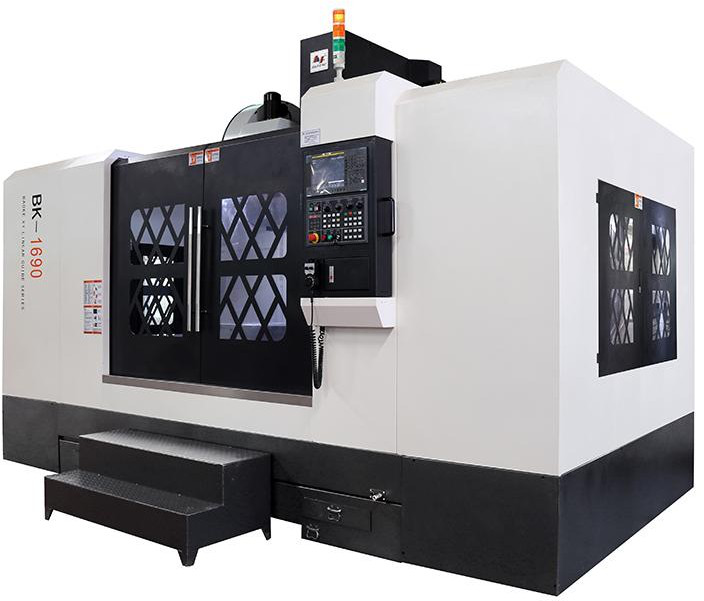Email tɛ se ka kɛ lankolon ye
Password tɛ se ka kɛ lankolon ye
Email cogoya fili
Email tɛ se ka kɛ lankolon ye
Email bɛ yen kaban
6-20 sɛbɛnni(sɛbɛnniw fara jatedenw dɔrɔn kan)
Daɲɛ dogolen tɛ bɛn ɲɔgɔn ma
Email cogoya fili
Email tɛ se ka kɛ lankolon ye
Email tɛ yen
6-20 sɛbɛnni(sɛbɛnniw fara jatedenw dɔrɔn kan)
Daɲɛ dogolen tɛ bɛn ɲɔgɔn ma

Kunnafoniw
How to Select Cutting Tools for CNC Lathes?
In the process of CNC machining, the selection of cutting tools is a very important link. Selecting the right tool can not only greatly improve the processing efficiency of the machine tool, but also improve the processing quality of parts. Selecting the wrong tool will result in half the effort and even scrap parts.
Compared with ordinary machine tools, the spindle speed of the CNC lathe is much higher, and it has larger output power. For this reason, compared with the traditional processing technology, CNC machining is more strict in the selection of cutting tools. This harshness is mainly reflected in the accuracy, strength, rigidity, and durability of the cutting tool. In addition, CNC tools also need to have stable dimensions to facilitate installation and adjustment. This requires that the CNC tool has a reasonable structure, and standardized and serialized geometric parameters. To improve the processing sales of CNC lathes, efficient and stable CNC tools are one of the prerequisites.

How to select CNC tools? It mainly depends on the following aspects: the geometry of the machined parts, the state of the materials, the rigidity of the fixtures, and the tools selected for the machine tool. The following aspects should be considered:
- The type, specification, and accuracy grade of CNC tools shall meet the machining requirements of CNC lathes.
- High precision. In order to meet the requirements of high precision and automatic tool change in NC lathe machining, the tool must have high precision.
- High reliability. In order to ensure that the CNC machining will not be affected by accidental damage and potential defects of the tool, the tool and its combined accessories must have good reliability and strong adaptability.
- High durability. The durability of cutting tools made of different materials is also different, such as cemented carbide cutting tools; High-speed steel cutting tools; Diamond cutting tools, etc. The cutting tools processed by CNC lathes, whether in rough machining or finish machining, should have higher durability than those used by ordinary lathes, to reduce the number of tool replacements or grinding and tool settings, so as to improve the processing efficiency of CNC lathes and ensure the processing quality.
- Good chip breaking and chip removal performance. In CNC lathe processing, chip breaking and chip removal can not be handled manually in time as in ordinary machine tool processing. Chip is easy to wrap around the tool and workpiece, which will damage the tool and scratch the machined surface of the workpiece, and even cause personal injury and equipment accidents, affecting the processing quality and the safe operation of the machine tool. Therefore, the tool is required to have good chip breaking and chip removal performance.

